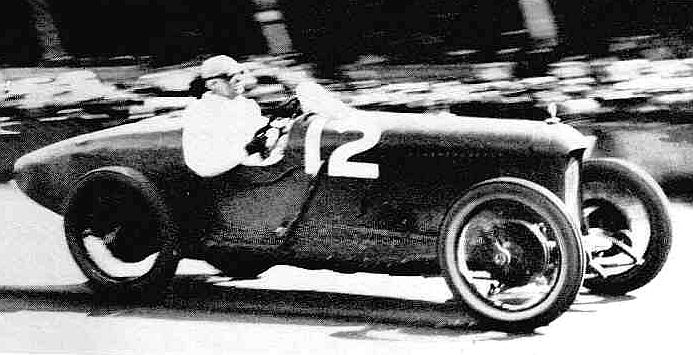By Paul Shubsachs
Fiat is special. This is not merely the rant of a dyed-in-the-wool, one make fanatic; in fact there are some models that I would not want to own, thank you very much; but here’s why Fiat history is on a higher plain than any rival…………..
The extraordinary World Championship victory of Ferrari/Schumacher reflects enormous prestige on the mass-manufacturer parent, Fiat;….but it’s nothing new! Back in the 1920’s similar things were happening. In those days,the speed event to aim at was the French Grand Prix. The 1922 race had been won by the veteran Felice Nazzaro on a Fiat tipo 804, averaging close to 80mph, and almost one hour ahead of the second-placed Bugatti. The cars were no longer the Leviathans of the Edwardian era, but were six-cylinder streamlined, pointy-tailed lightweights to the two-litre formula. All was well, under an amazing design team headed by Cavalli.
The fine British firm of Sunbeam (by then part of Sunbeam/Talbot/Darracq) wished to add to their already impressive racing history. A relatively small company, its Technical Director was the Frenchman, Louis Coatalen, who, until 1922, had put his faith in the designs of the great Ernest Henry, originator of the twin-cam four-valve cylinder head. Sadly, Henry could no longer cut the mustard; but Coatalen had a plan…He hired Vincenzo Bertarione, and a slightly younger Walter Becchia straight out of the Fiat design office. Then, as now, money talks!
Bertarione set to and Sunbeamised the 804. The resultant team of cars were dubbed ‘The Fiats in Green Paint’ , but Coatalen had been content to join that which he could not beat. However, two shocks were in store when the 1923 French Grand Prix race day arrived. Despite the blow of losing Bertarione, the ‘Red Fiats’, tipo 805, boasted eight cylinders and racing’s first use of superchargers!
During the race Bordino’s 805 put in the fastest lap thanks, in no small part, to his 15bhp advantage over Sunbeam…but road dirt got into the superchargers, and one by one, each of the Torinese machines succumbed. A ‘Green Fiat’, driven by Major H.O.D.Segrave, won. Sunbeam, and Britain, shouted for joy.
From these happenings in 1923 there developed a chain of events that remain significant in motoring right up to current times……
BERTARIONE gravitated to the French firm Hotchkiss, and produced the 3.5 litre models which gained much prestige in the Monte Carlo Rally. These cars were also much respected by the manufacturers of the mid-thirties 3.5 litre Bentley…and the Hotchkiss was considerably cheaper.
WALTER BECCHIA stayed on at S.T.D. and when Tony Lago took over at Talbot in Paris, designed for him the magnificent Lago Record. This was the fastest road car of its time; a true ‘supercar’ and the basis for Lago’s post-War Formula One racers. In early 1941 Becchia transferred his allegiance to Citroen, whereupon he designed the 2CV engine.
Fiat’s oversight regarding the lack of air filtration had led to the sacking of the engineer BAZZI who immediately found shelter at Alfa-Romeo in Milan. It was on Bazzi’s suggestion that the supreme talent of VITTORIO JANO was enticed from Fiat to Alfa-Romeo. The ‘go-between’ in the Jano move was none other than ENZO FERRARI, a name that you might recall!
Add to this the Fiat- influenced ‘etceterinis’, of which Cisitalia was the most glorious, and an inkling can be gained of the depth and impact of the original Fiat design philosophy and engineering principles. Truly, Fiat is special.

![Fiat Motor Club [GB]](http://fiatmotorclubgb1.netfirms.com/wp-content/uploads/2017/11/Website-Header-v3.jpg)
